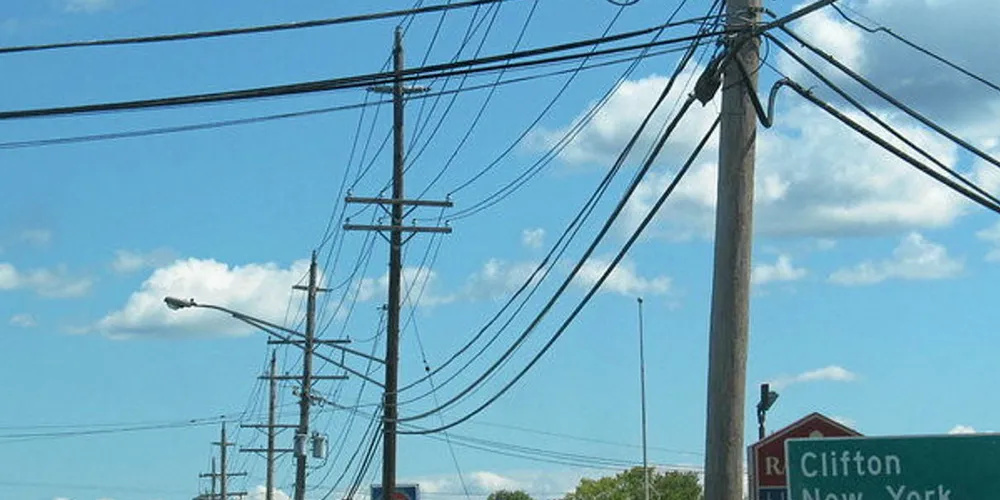'Down payment on modernised grid': $5bn US loan scheme to unlock 60GW wind and solar
Department of Energy cites 22 'shovel-ready' projects that represent a $33.3bn investment that could create as many as 600,000 new jobs

Department of Energy cites 22 'shovel-ready' projects that represent a $33.3bn investment that could create as many as 600,000 new jobs
